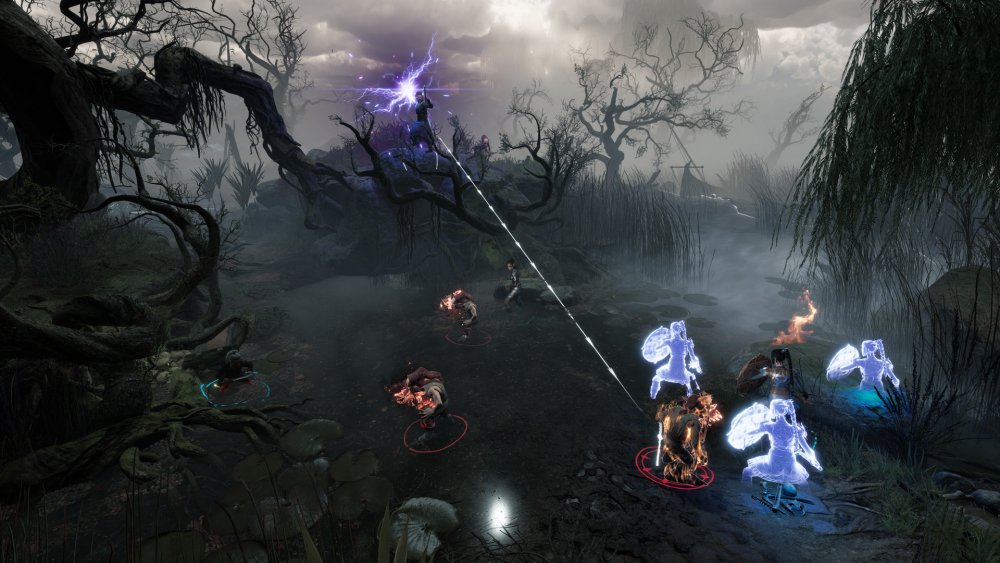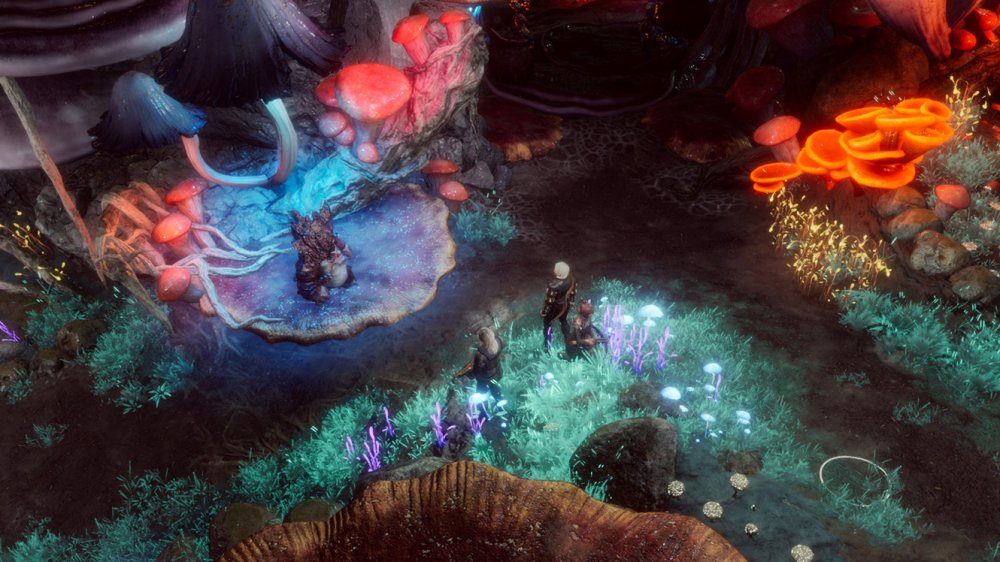This Is How Baldur's Gate 3 Is Different From Dungeons & Dragons
Baldur's Gate 3 released into early access on October 6, but it already has the internet in a vice grip. Game critics and Dungeons and Dragons fans alike shower the game with praise, and despite all the glitches, unfinished features, and jank, Baldur's Gate 3 is sizing up as one of the best video games of 2020. The game could be the quintessential D&D title save for one, tiny problem: Baldur's Gate 3 isn't a faithful, one-to-one translation.
Despite using the Fifth Edition rules of D&D, Larian Studios changed the formula here and there. Some alterations pick up the pace, others alter game balance, and a few take the guesswork out of interpreting vague rules and wording — no more wondering if the Dragon's Breath spell can turn your pet rat familiar into a mobile flame turret.
While Baldur's Gate 3 is still seemingly destined for every "video games to play if you like D&D" list, here are some ways it tweaks the standard D&D rules.
Spells don't work the way you remember
Spells are some of the most complicated — but fun — actions you can perform in a Dungeons and Dragons session. You can sneak past guards with Invisibility, and if stealth isn't an option, just use Fireball. Usually, spells follow some very hard and fast rules, but occasionally, their wording falls through the cracks, creating vague effects that vary from DM to DM. This wouldn't work in a video game and would usually have to be changed. Instead of tightening these spells, however, Larian Studios altered others that were perfectly serviceable within a video game.
At first glance, Baldur's Gate 3's spells seem identical to those in D&D , but when you closely examine the spells and their descriptions, you notice key differences. In Baldur's Gate 3, Fire Bolt deals 1d6 damage instead of 1d10, whereas Color Spray has been reworked to blind creatures that have up to a combined 33 HP, not 6d10 HP (which could range between 6 and 60 HP).
Moreover, racial spell acquisition works differently in Baldur's Gate 3. The most glaring example is Tieflings, which start with the Thaumaturgy cantrip (unless they are the Mephistopheles or Zariel brand of Tiefling). Currently, Tieflings do not gain Darkness or Hellish Rebuke when they level up, but that could change as development progresses.
Non-grid movement forces you to think outside the box
If you've ever played a session of D&D, you might have noticed that everything in the game is divided into denominations of five feet. That's because most gameplay sessions take place on flat grids, and each space on a grid is a "five foot space." While some DMs can supply lavish game tables, complete with custom-built 3-D set pieces, the average player can only afford — and uses — a dry erase grid sheet. As a result, 2-D grids are the standard format for D&D sessions. Most game sessions never gain access to the fabled third dimension, but Baldur's Gate 3 doesn't have such limitations.
As you can tell from the myriad of gameplay videos, Baldur's Gate 3 uses the same movement system from Divinity: Original Sin 2. This means characters can move around the battlefield in curved paths not possible in standard D&D, including up and down elevations that give ranged attacks advantages. Sometimes, this change is merely cosmetic — two characters still can't squeeze into the same space — but other times, it opens up whole new avenues of combat maneuvers. No longer does a character have to spend five feet of their precious 30-foot movement pool to sidestep traps, and seizing the high ground could mean the difference between blood-soaked victory and arrow-strewn defeat.



